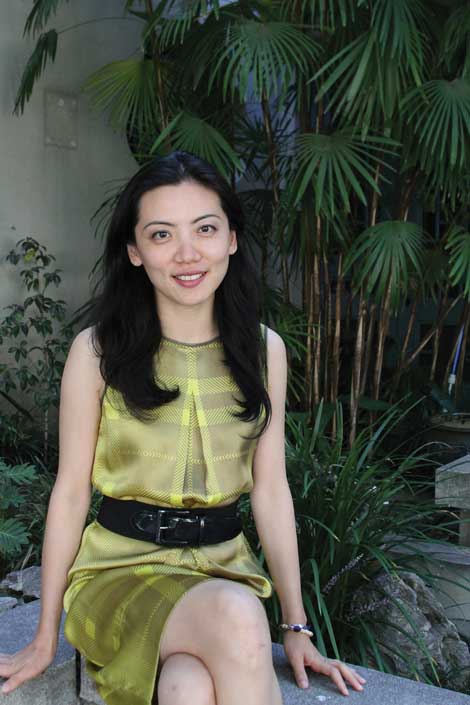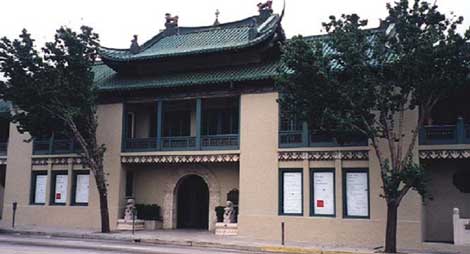“There is no one authentic way to present Asian art and culture,” according to Christina Yu Yu, who was recently appointed as director of the USC Pacific Asia Museum in Pasadena, California. “Once you take a piece of art and place it in a case with a spotlight,” she explains, “you remove it from its original context.” Yu well understands the importance of context. Born in Wuhan in China’s Hubei province, she came to the United States as a student and trained in Asian art history here in the West. It was while in the U.S. that she began to appreciate the art of her own culture. “Sometimes it takes distance” she admits, “to learn about where you are really from.” Her point of view, both Eastern and Western, as well as her academic and professional background place her in a unique position to lead a museum of Asian art in the greater Los Angeles area, where, despite a growing population of transplanted Asians like herself, the art of the East is not widely appreciated.
Built in the 1920s as the home and gallery of art dealer Grace Nicholson, the elegant Chinese-style building that has housed Nicholson’s Gallery, the Pasadena Museum of Art and now Pacific Asia Museum has long been caught between East and West. Since 1971, when it became Pacific Asia Museum, its exhibitions and programming supported its mission to “further intercultural understanding through the arts of Asia and the Pacific Islands.” But over the years its point of view has inevitably been primarily a Western one. Recently taken over by the University of Southern California, the museum is entering a new phase in its history and its philosophy too. “The way the West Coast of the U.S. has viewed Asia has been changing,” explains Yu, “so the museum’s role has to keep changing too.”
Yu joined USC Pacific Asia Museum in August 2014 after working for two-and-a-half years as assistant curator of Chinese and Korean Art at the Los Angeles County Museum of Art and before that at Chambers Fine Art in New York, for whom she curated several contemporary Chinese art exhibitions. With a BA from Wellesley College, an MA from Boston University and a PhD from Chicago University, her own research interests include traditional Chinese painting and calligraphy, China’s contacts with border lands and contemporary Asian art. Her approach to the presentation of Asian art in the Greater Los Angeles area, a region that tends not only to favor Western over Eastern, but also the new over the old, is refreshing. While a curator at LACMA, where she co-curated a groundbreaking exhibition of traditional Chinese paintings from Japanese collections, she also co-founded Pacific Connections, which supports and promotes contemporary Asian art in Southern California (www.pacificconnection.org). “I don’t think we should draw a line between traditional and contemporary art,” she insists. “I see all the art as part of a continuum, and I hope we can bring this philosophy and many others to the museum.”



